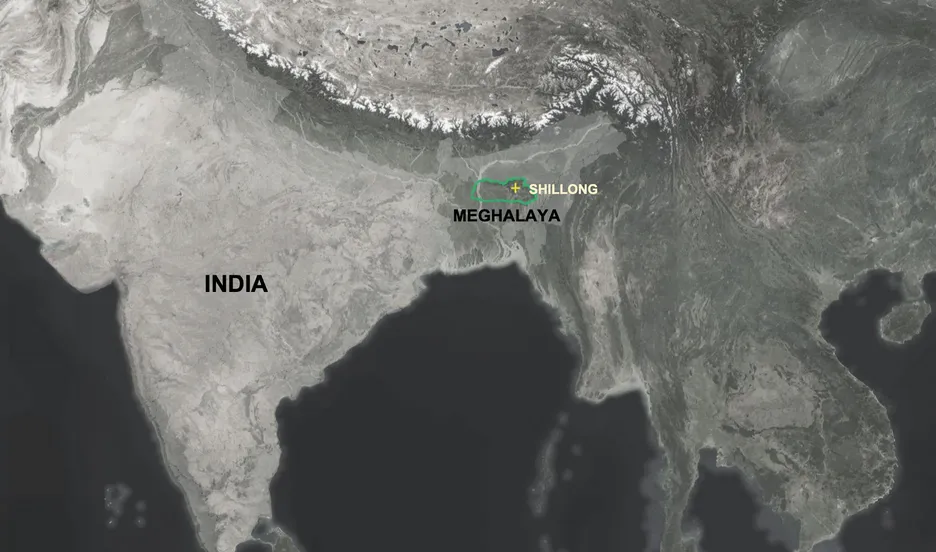Design-Build-Grow Meghalaya STUDIO
The Meghalaya Master Studio will design a Baubotanik structure for Shillong in Meghalaya, India. Designing with the growth of Ficus elastica, the Indian Rubber Fig, students will bring the tradition of Living Root Bridges to the urban setting. In Spring 2022 the structure will be built in Shillong in collaboration with the Living Bridge Foundation and their network of bridge growers. TUM students will be joined by students from the Architecture Department of North-Eastern Hill University, Shillong. The studio will cover everything from idea development, through design-detailing, to construction. The structure will be the first of its kind, bringing living root architecture to the city through contemporary design tools such as photogrammetry, parametric design, and environmental modelling. Students will learn to design with a tropical hemi-epiphytic plant, and to combine it with Meghalaya’s traditional bamboo construction. A key element will be to factor growth dynamics into the design. How will the site change as the trees grow? How can designs show this? How can the design adapt to changes in structural form, aesthetics, and climate?
This project engages with the professorship’s ongoing research projects. The studio follows on from our WS 2020/21 studio, in which a pavilion was designed and built for the Neue Kunst am Ried Sculpture Park (Baden-Württemberg).The studio will begin by introducing the site, the city, and background to traditional Khasi construction and living architecture. A short lecture series will follow alongside design development. Designs will be discussed at interim critiques, resulting in a final plan. Students will make physical models (circa 1:25), and digital models for structural and microclimatic analyses. The construction will begin in March 2022. Students will be invited to join a 3-week excursion to Shillong.
The group will be diverse, and the project’s direction will reflect this diversity. Therefore, students should have experience in some of the following tasks or have strong motivation to work in these fields:
- CAD with various data types (photogrammetric point clouds, 1/2/3D design)
- Rhino & Grasshopper (parametric design)
- Structural analysis (classical or finite element methods)
- Microclimate analysis
- Design discussion through sketching & drawing
- plant growth models and simulation
- Physical model-making
- woodworking, metalworking, tree pruning and other hand-on working skills
Group working ability and an interest in scientific methods is expected. Ideas for additional project work are welcomed if they make clear reference to the above topics and methods.
The results of the studio will be developed into a scientific research paper – see (Shu et al, 2020) and may feature in conference and exhibition presentations.
The number of participants is limited to 9. Interested students should contact the Professorship for Green Technologies in Landscape Architecture, describing their previous experience and interest in the project. Students are not obliged to join the Meghalaya excursion in March 2022, but should state their intentions in their expression of interest. This will not affect eligibility for the course.
____________________________________
Teaching team
Prof. Dr. Ing. Ferdinand Ludwig
Qiguan Shu, M.A.
Wilfrid Middleton, M.Eng.
Course
Master studio for landscape architecture and architecture students
15 ECTS
Funding Partners
Contact
qiguan.shu(at)tum.de





